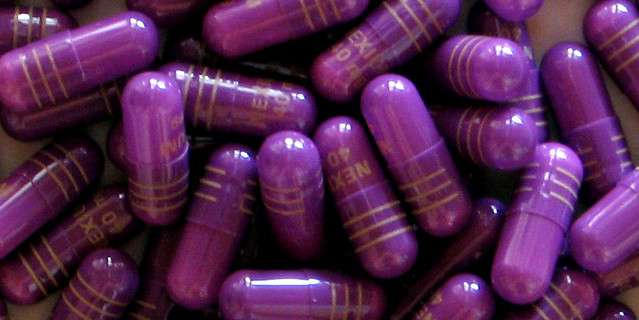
NIR spectroscopy has many various applications in the pharmaceutical industry, including impurity analysis and color-coding technology.
Image Source: Flickr user Rennett Stowe
Knowing the active pharmaceutical ingredients in your over-the-counter and prescription medications is a must in today’s health care industry. Mistakes in prescriptions, miscalculated doses, and drug interactions are all genuine concerns in a world where drug choices and options continue to increase and change on a regular basis. More than ever before, pharmacies and pharmaceutical companies must have a way to accurately measure active pharmaceutical ingredient (API) amounts and consistently monitor these levels to meet regulatory standards and ensure patient safety. Spectrophotometric analysis in pharmacology provides an efficient and cost-effective way to measure active pharmaceutical ingredient levels, plus its non-destructive method of analysis exceeds many alternative methods.
The ability to accurately quantify and detect the active pharmaceutical ingredients in medications is becoming increasingly important in order to ensure proper dosage and avoid potentially dangerous drug interactions. Image Source: Flickr user epSos .de


